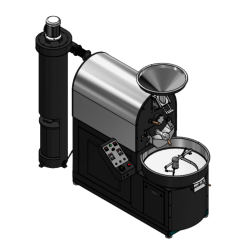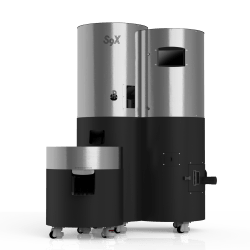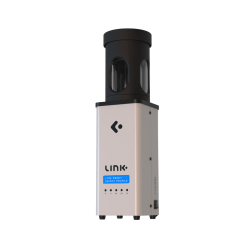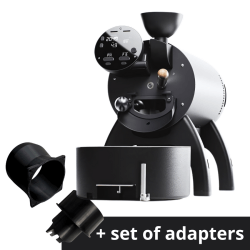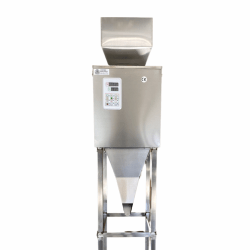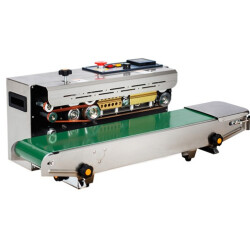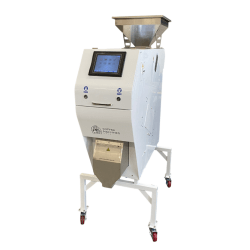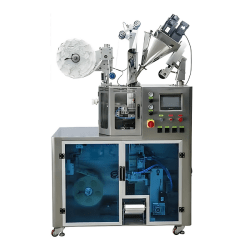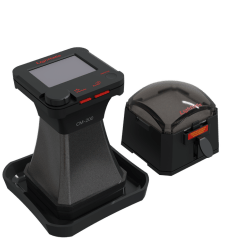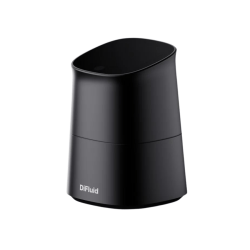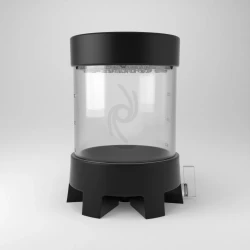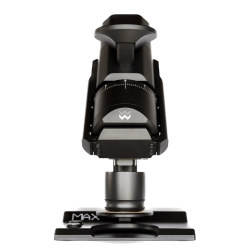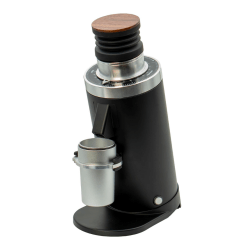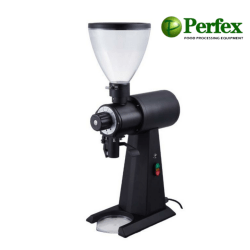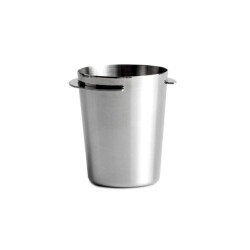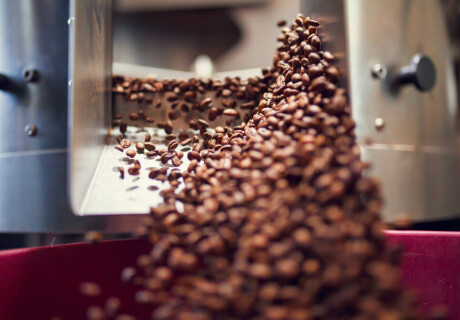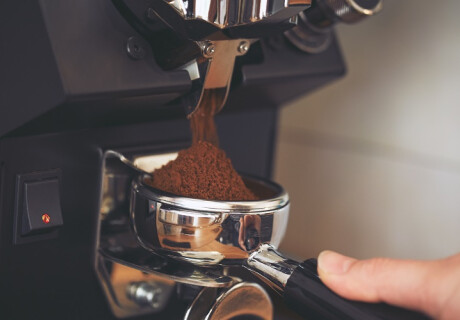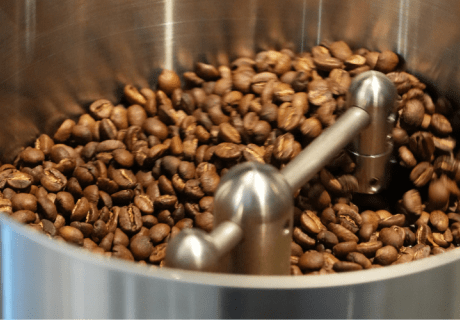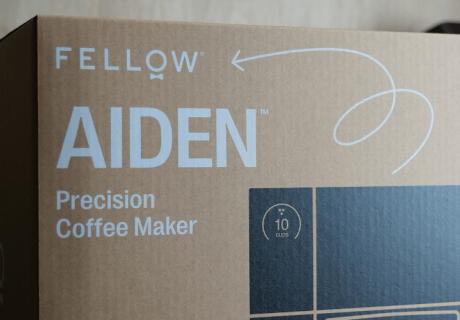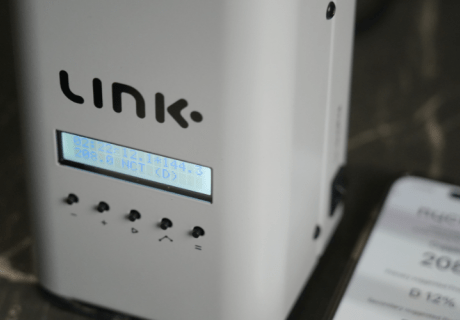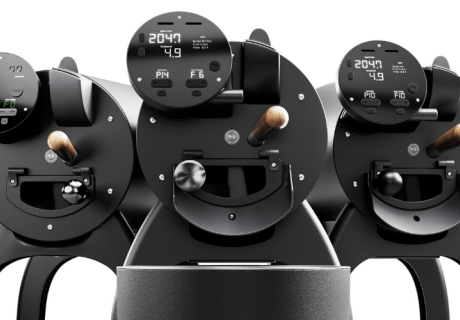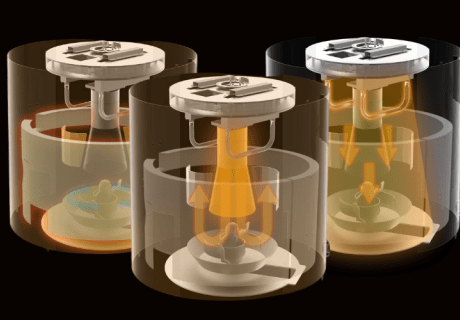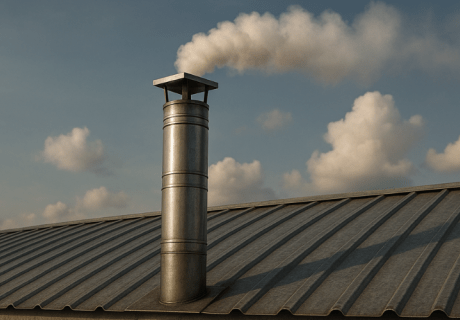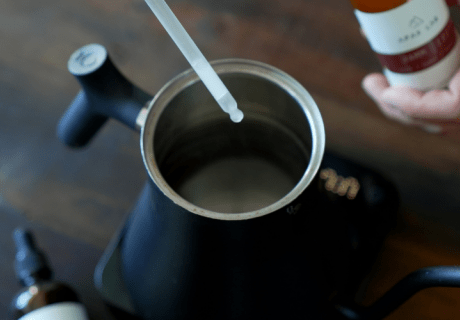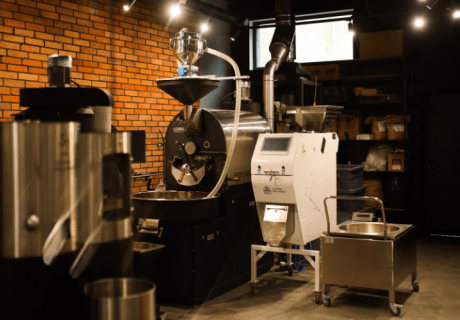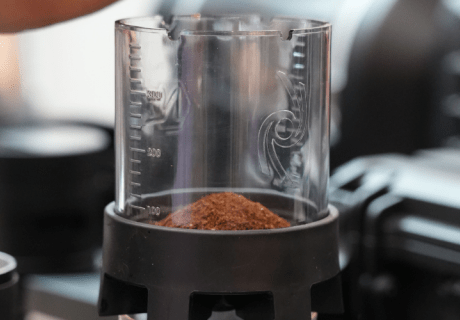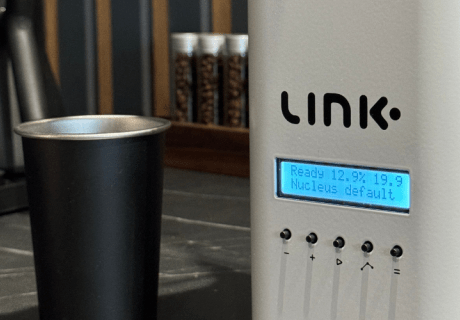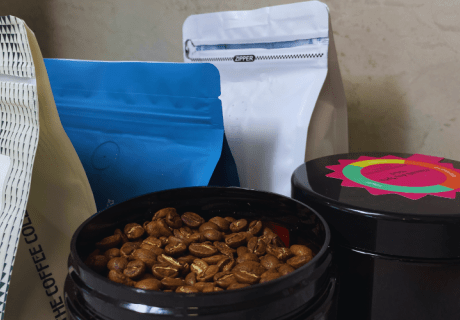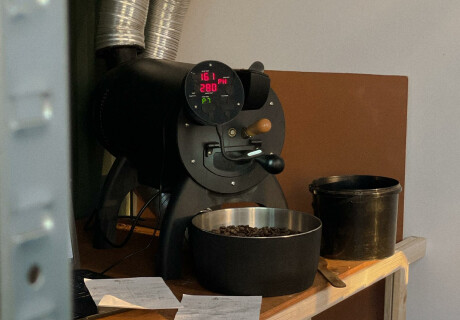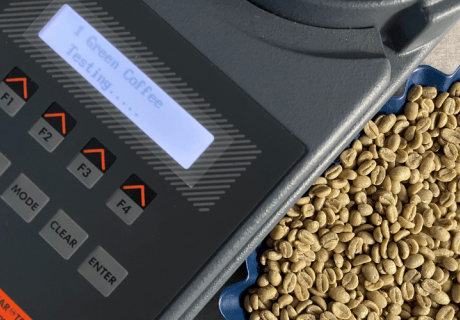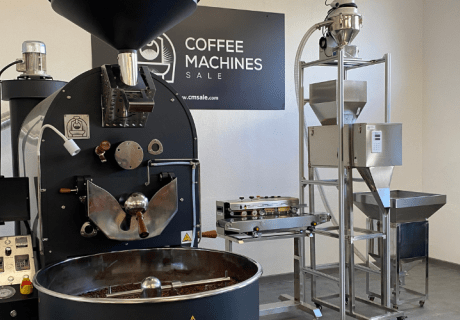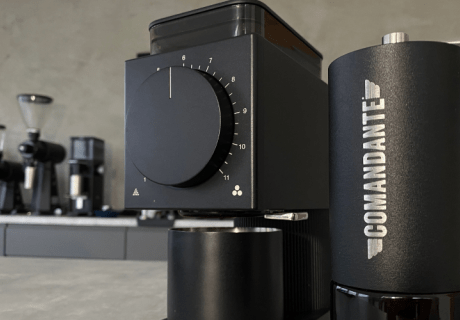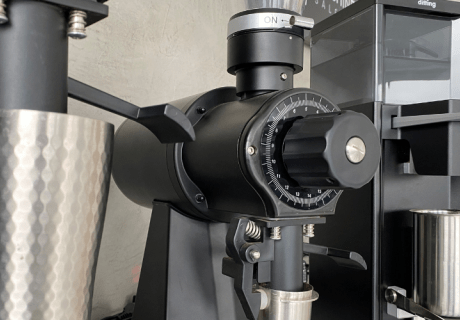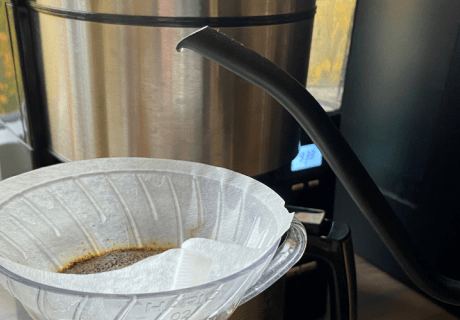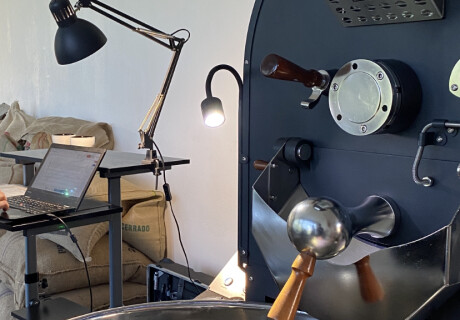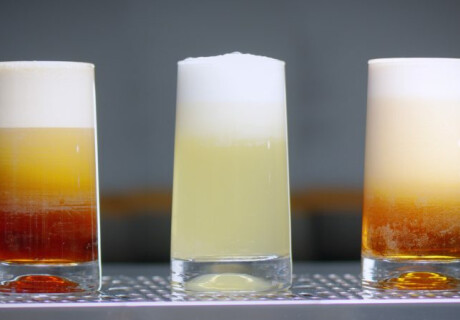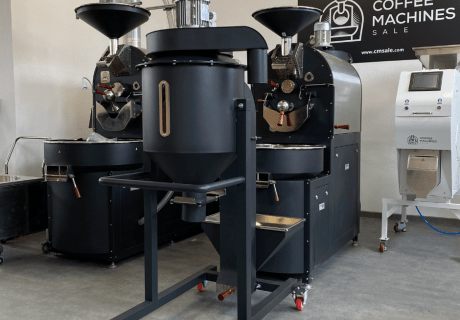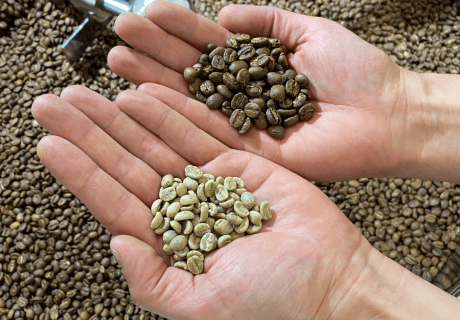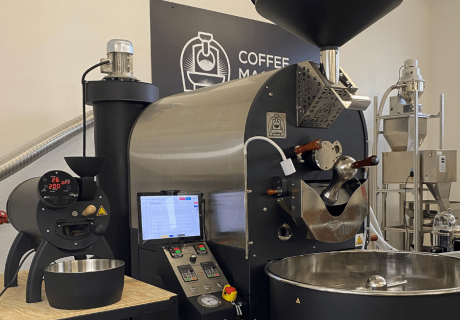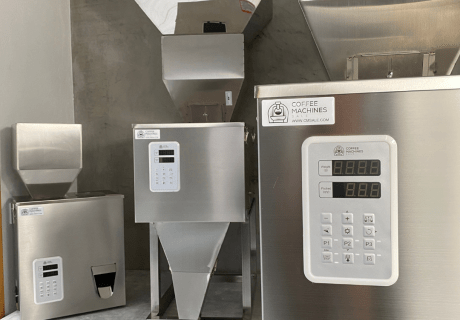Electric vs Gas Coffee Roasters: Flavor, Costs, Sustainability—Which Is Right for You?
If you're in the market for a coffee roaster, you'll inevitably come across whether to choose an electric or gas model. Each has its unique benefits and potential drawbacks, affecting everything from flavor profiles to operational costs and environmental impact. Understanding these differences is important for making the right choice for your coffee business. In this article, we compare electric vs gas coffee roasters, exploring key aspects like flavor, profitability, and sustainability to help you decide which is the best fit for your needs.
Electric vs Gas Coffee Roaster: Flavor Profile Differences
The choice between an electric vs gas coffee roaster can significantly impact the flavor profile of your roasted beans, influencing both the subtle and bold notes that coffee connoisseurs cherish. Gas roasters, which are traditionally favored by many artisan roasters, provide a direct heat source that allows for more precise control over roasting temperatures. This direct flame can coax out deeper, richer flavors, resulting in a more complex and strong cup of coffee. The nuanced caramelization and Maillard reaction in gas roasters can improve the natural sweetness of the beans, offering a full-bodied profile that is often preferred for darker roasts. However, this method requires a skilled hand to prevent scorching the beans, as the intense heat can also lead to over-roasting if not carefully managed.
On the other hand, electric coffee roasters typically use convection heating, which provides a more even and consistent heat. This method can bring out the brighter, more acidic flavors in the beans, often resulting in a cleaner, more consistent roast that highlights the unique characteristics of the coffee's origin. The flavor profile differences with electric roasters can be ideal for lighter roasts, where the goal is to preserve the subtle floral and fruity notes. For businesses, understanding these flavor profile differences between gas and electric roasters is essential, as it can dictate the direction of their specialty offerings and align with the preferences of their target market, ultimately affecting customer satisfaction and loyalty.
Cost Comparison: Electric and Gas Roasters
When weighing the cost comparison between electric and gas coffee roasters, several factors come into play, including initial investment, ongoing energy costs, and maintenance expenses. Electric roasters often have a lower upfront cost, making them an attractive option for startups or smaller operations looking to minimize capital expenditure. However, the energy cost of coffee roasting with electric models can be higher in the long run, especially in regions where electricity prices are steep. Conversely, gas roasters typically come with a higher initial price tag due to the complexity of their design and installation requirements. Yet, they can offer cost savings over time because natural gas is generally cheaper than electricity, particularly for larger scale operations where bulk roasting is common.
Maintenance is another critical aspect of this cost comparison. Electric roasters tend to require less maintenance compared to gas ones, which may need regular checks of gas lines and burners to ensure safety and functionality. This factor is an important consideration when weighing the pros and cons of electric coffee roasters, as their lower maintenance needs can lead to less downtime and fewer operational interruptions. However, the choice between electric and gas roasters should also consider energy saving. Gas roasters often provide better reduced energy consumption due to their quick heat-up times and precise temperature control, which can further reduce long-term operational costs. In the end, the decision should align with the business's financial plans and production needs, factoring in both immediate and future financial impacts.
Sustainability Factors to Consider
When looking at the sustainability of electric vs gas coffee roasters, it's important to think about how each one affects the environment and how much energy they use. Electric roasters are often viewed as more environmentally friendly, particularly in regions with access to renewable energy sources. They don't emit direct combustion gases, which reduces their carbon footprint. However, the sustainability of electric roasters is closely tied to the power grid's energy mix—an area predominantly relying on fossil fuels might negate the environmental benefits. On the other hand, gas roasters, although they produce direct emissions, can be more energy-efficient in terms of heat delivery, leading to faster roasting times and potentially less energy use per batch. Here are some main factors to consider:
- Energy saving: Gas roasters generally boast quicker heat-up times, which can mean less energy consumption for the same roasting output.
- Emissions: Electric roasters produce no direct emissions but depend on the energy source for electricity. Gas roasters release combustion gases, but natural gas is often cleaner burning than other fossil fuels.
- Sustainability: The net environmental impact of electric roasters improves when powered by clean energy. Gas roasters can still be part of a sustainable operation with careful planning on emission offsets.
The choice depends on the specific environmental priorities of a business, as well as regional energy sourcing. By understanding these factors, roasters can align their equipment choices with their sustainability goals.
Understanding Local Regulations
Understanding local regulations is important when choosing between a gas vs electric coffee roaster. Various regions have specific codes and standards for the installation and operation of both types of equipment that can significantly impact your decision. Gas roasters, for instance, often require compliance with strict safety standards related to gas line installation and ventilation. These regulations can involve considerable up-front investments in infrastructure, such as exhaust systems and regular inspections to ensure safe operation. Electric roasters, while generally subject to fewer stringent safety requirements, must still adhere to electrical codes that may vary significantly depending on the country or even the state. Before making a decision, consider the following compliance aspects:
- Check with local authorities about zoning and compliance requirements, especially for gas appliances, which might demand specific permits.
- Consider insurance implications; some policies might have different coverage terms due to their associated risks.
- Evaluate the ease of obtaining necessary permits and whether your location supports required infrastructure, especially for gas roasters that require sophisticated ventilation systems.
Navigating these local regulations and compliance issues early on can save time and money. It's advisable to consult with local regulators or industry experts to ensure that the chosen roaster type aligns with regional laws and long-term business plans.
How to Choose the Right Coffee Roaster Type
When it's time to choose a coffee roaster type, the decision depends on your business needs, size, and roasting goals. For small boutiques or cafés with limited space, electric roasters may be more suitable due to their compact design and ease of installation. They are often less demanding in terms of roasting equipment, with fewer infrastructure requirements and simpler maintenance. Conversely, larger operations might find gas roasters more fitting, as they offer greater capacity and functionality, particularly for continuous, high-volume production. The ability to achieve specific roast profiles with precision makes gas roasters a popular choice among established artisan roasters. Consider the following factors when planning to buy coffee roasters:
- Assess your production volume: Smaller batches may benefit from the consistency of electric roasters, while larger batches might leverage the speed and heat control of gas roasters.
- Evaluate your budget: Electric roasters might be more affordable initially, but consider long-term energy costs and potential maintenance savings.
- Consider space and infrastructure: Ensure you have the necessary setup, especially for gas roasters, which require proper ventilation and gas lines.
A detailed comparison of roasting equipment will help you choose the best option. By considering these factors, you can make sure your investment supports your business goals, leading to better quality and easier operations.
Real-world Experiences From CMSale Clients
Looking at real-world case studies from CMSale clients gives you valuable insights into how both electric and gas coffee roasters work in practice. One popular coffeehouse, for instance, transitioned from a traditional gas roaster to an electric one, motivated by the desire to reduce emissions and simplify maintenance. This shift enabled them to achieve a more consistent roast profile, particularly for their lighter roasts, while also reducing their environmental footprint. The owners reported a significant reduction in operating costs due to less frequent maintenance and lower energy bills, aligning perfectly with their sustainability goals.
Another client, a large-scale roastery, opted for a gas roaster to accommodate their higher production demands. This decision was based on the need for greater capacity and more precise temperature control compared to an electric coffee roaster. Although the client had to invest in infrastructure and follow local regulations, they saw better roast quality and performance, which was necessary for meeting the needs of their growing customer base. These case studies highlight how important it is to choose the right roaster based on your business goals. Each client faced different challenges but found success by customizing their roasting process to fit their operations and market strategies.

